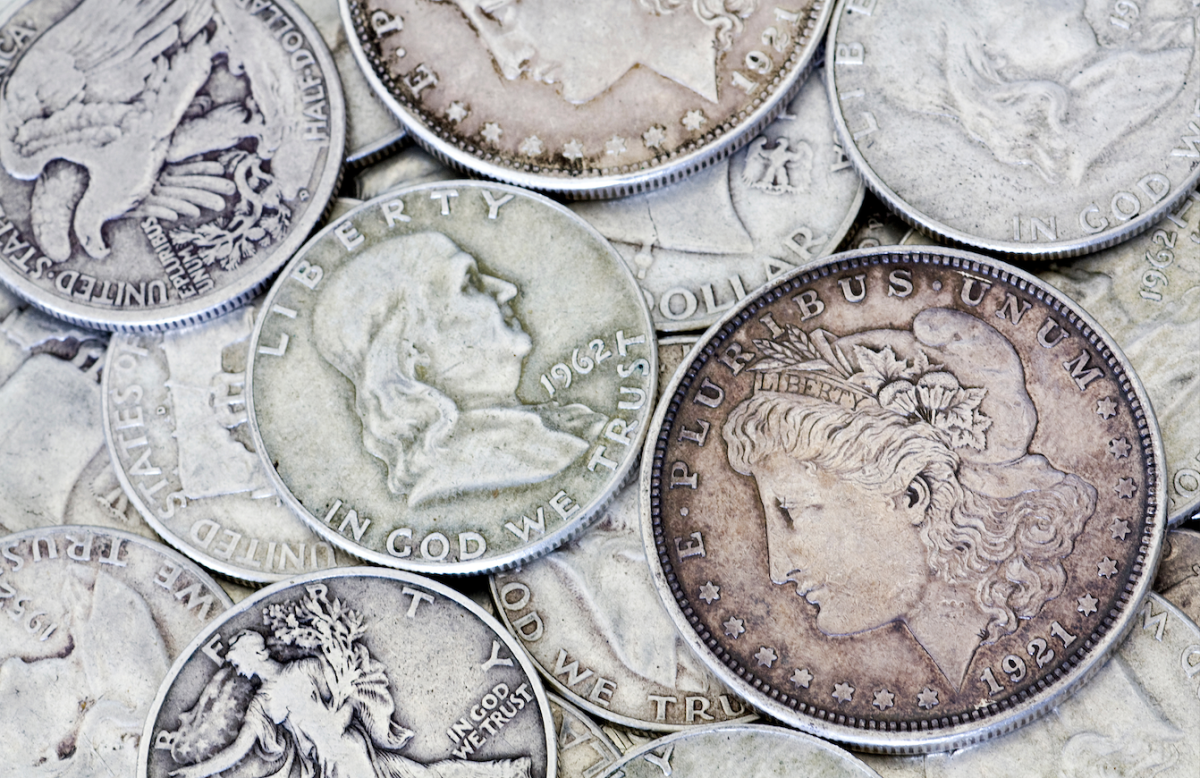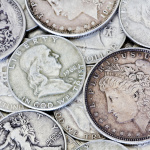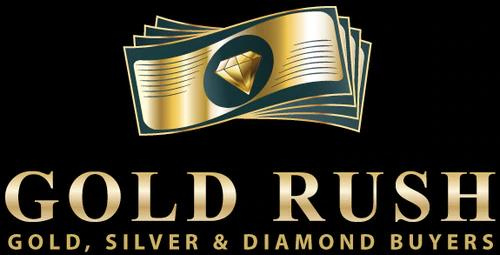So, you've got a stash of silver coins - and you're wondering what they're worth?
You're not alone. The allure of selling silver coins has captivated collectors and investors alike for centuries. But how do you determine their value, especially in a fluctuating market like 2023? Let's dive in.
Key Takeaways
- Types of Popular Silver Coins: American Silver Eagles, Peace Dollars, some Dimes, and Canadian Silver Maple Leafs are among the most sought-after silver coins.
- How to Evaluate Silver Purity: Look for markings like .999 for fine silver and .925 for sterling silver. XRF technology can also provide accurate evaluations.
- Factors Affecting Coin Value: The coin's condition, rarity, and current market prices play a significant role in its value.
- Where to Sell Your Silver Coins: Reputable buyers like Gold Rush offer transparent evaluations and high payouts.
The Allure of Silver Coins
A charming mode of currency, silver coins have become as much a collector’s hobby as something to invest in. But that doesn't mean they aren’t valuable! If a silver coin has a decent weight and purity, it certainly has some value in a sale.
So, why do people collect them? Some inherit these precious items, while others see them as an investment. Either way, understanding their worth is crucial.
Types of Popular Silver Coins
Let's get down to brass tacks - or should we say, silver coins? Knowing what you have is the first step in determining its value.
- American Silver Eagles
These beauties are the cream of the crop when it comes to silver coins. Minted by the United States, American Silver Eagles are often valued between $25 to $50, depending on their condition and the year they were minted.
- Peace Dollars
The Peace Dollar. A coin that screams history! Minted to commemorate the end of World War I, these coins can fetch anywhere from $20 to $100.
The key? Their condition and year.
- Dimes
Some coins minted from 1916 to 1945 are highly sought after. Especially the 1916 D-dime, which can be worth up to $1,000!
Understanding Silver Purity
You've got a coin in hand, but is it fine silver or sterling silver? Knowing the difference can significantly impact its value.
Fine Silver vs. Sterling Silver
Fine silver has a purity of .999, making it almost 100% silver.
Sterling silver, on the other hand, has a purity of .925, meaning it contains other metals.
Look for these markings on your coins. For a more accurate evaluation, technologies like XRF can be used to determine the exact composition of your silver items.
Factors Affecting the Value of Your Silver Coins
So, you've identified the type of silver coins you have and their purity. What's next? Understanding the various factors that can affect their value. It's not just about what you see on the surface; several underlying elements can either increase or decrease the worth of your coins.
Market Prices
The value of silver fluctuates based on market conditions. Keep an eye on current silver prices to get an idea of your coin's worth. Websites like Kitco or the Silver Institute provide real-time updates.
Condition and Rarity
Coins are often graded on a scale from "Poor" to "Mint Condition." Additionally, the rarity of the coin can significantly impact its worth. Limited edition coins or those with errors often fetch a higher price.
With that being said, not all buyers are focused on a coin’s rarity - often it is the metal that holds the value.
Factors like condition and rarity can be at the forefront of a transaction with many buyers, but it is important to keep in mind that weight and purity often determine the value of precious metals.
Table 1: How to Grade a Coin
|
Grade |
Description |
|
Poor |
Heavily worn, details barely visible |
|
Fair |
Worn but legible |
|
Good |
Some details are visible, but still worn |
|
Very Good |
Moderate wear but well-defined features |
|
Fine |
Clear details, slight wear |
|
Very Fine |
Sharp details, minimal wear |
|
Extremely Fine |
Almost like new, with very slight wear |
|
Mint Condition |
Perfect, no signs of wear or handling |
Technological Evaluations
Advanced technologies like X-ray fluorescence (XRF) can provide a more accurate evaluation of your coin's composition. This non-destructive method gives you a detailed analysis, ensuring you get the best price for your silver.
Where to Sell Your Silver Coins
You're armed with knowledge. Now it's time to turn that into cash.
But where should you go?
Not all buyers are created equal, and choosing the right one can make all the difference.
Reputable Buyers
Look for buyers who have a solid reputation in the market. Check reviews, ask for recommendations, and do your homework. Use Gold Rush Denver as a prime example of a reputable precious metal buyer - just check the reviews!
Transparency is Key
Choose a buyer who offers a transparent evaluation process. Companies like Gold Rush provide a no-obligation offer, allowing you to make an informed decision.
List of Questions to Ask Potential Buyers
- Do you offer a no-obligation evaluation?
- What technology do you use for testing?
- How do you calculate the value of the coin?
- What are your payout options?
Wrapping Up
Understanding the value of your silver coins is more than just a quick Google search. It involves knowing the type of coin, its purity, and the various factors that can affect its worth. Armed with this knowledge, you can confidently approach buyers, ensuring you get the best deal for your precious metals. Call Gold Rush today if you have any more questions. Gold Rush may be one of Colorado's best gold buyers, but they buy all precious metals! If you happen to be near one of our many locations, stop in and chat with our specialists, they will be happy to tell you exactly what your silver coins are worth. 🙂


























